Fr‚d‚ric Chaubin. CCCP. Cosmic Communist Constructions Photographed. 40th Ed. 24225
Brutalist Beauties
Architectural remnants of the USSR
Elected the architectural book of the year by the International Artbook and Film Festival in Perpignan, France, Frederic Chaubin’s Cosmic Communist Constructions Photographed explores 90 buildings in 14 former Soviet Republics. Each of these structures expresses what Chaubin considers the fourth age of Soviet architecture, an unknown burgeoning that took place from 1970 until 1990.
Contrary to the 1920s and 1950s, no “school” or main trend emerges here. These buildings represent a chaotic impulse brought about by a decaying system. Taking advantage of the collapsing monolithic structure, architects went far beyond modernism, going back to the roots or freely innovating. Some of the daring ones completed projects that the Constructivists would have dreamt of (Druzhba Sanatorium, Yalta), others expressed their imagination in an expressionist way (Palace of Weddings, Tbilisi).
A summer camp, inspired by sketches of a prototype lunar base, lays claim to Suprematist influence (Prometheus youth camp, Bogatyr). Then comes the “speaking architecture” widespread in the last years of the USSR: a crematorium adorned with concrete flames (Crematorium, Kiev), a technological institute with a flying saucer crashed on the roof (Institute of Scientific Research, Kiev), a political center watching you like Big Brother (House of Soviets, Kaliningrad).
In their puzzle of styles, their outlandish strategies, these buildings are extraordinary remnants of a collapsing system. In their diversity and local exoticism, they testify both to the vast geography of the USSR and its encroaching end of the Soviet Union, the holes in a widening net. At the same time, they immortalize many of the ideological dreams of the country and its time, from an obsession with the cosmos to the rebirth of identity.
Architectural remnants of the USSR
Elected the architectural book of the year by the International Artbook and Film Festival in Perpignan, France, Frederic Chaubin’s Cosmic Communist Constructions Photographed explores 90 buildings in 14 former Soviet Republics. Each of these structures expresses what Chaubin considers the fourth age of Soviet architecture, an unknown burgeoning that took place from 1970 until 1990.
Contrary to the 1920s and 1950s, no “school” or main trend emerges here. These buildings represent a chaotic impulse brought about by a decaying system. Taking advantage of the collapsing monolithic structure, architects went far beyond modernism, going back to the roots or freely innovating. Some of the daring ones completed projects that the Constructivists would have dreamt of (Druzhba Sanatorium, Yalta), others expressed their imagination in an expressionist way (Palace of Weddings, Tbilisi).
A summer camp, inspired by sketches of a prototype lunar base, lays claim to Suprematist influence (Prometheus youth camp, Bogatyr). Then comes the “speaking architecture” widespread in the last years of the USSR: a crematorium adorned with concrete flames (Crematorium, Kiev), a technological institute with a flying saucer crashed on the roof (Institute of Scientific Research, Kiev), a political center watching you like Big Brother (House of Soviets, Kaliningrad).
In their puzzle of styles, their outlandish strategies, these buildings are extraordinary remnants of a collapsing system. In their diversity and local exoticism, they testify both to the vast geography of the USSR and its encroaching end of the Soviet Union, the holes in a widening net. At the same time, they immortalize many of the ideological dreams of the country and its time, from an obsession with the cosmos to the rebirth of identity.
Брутальні красуні
Залишки архітектури СРСР
Обраний архітектурною книгою року на Міжнародному фестивалі мистецтва та кіно в Перпіньяні, Франція, Фредерік Шобен «Космічні комуністичні конструкції, сфотографовані» досліджує 90 будівель у 14 колишніх радянських республіках.
Кожна з цих споруд виражає те, що Шобен вважає четвертим віком радянської архітектури, невідомим розквітом, який мав місце з 1970 по 1990 рік.
На відміну від 1920-1950-х років, тут не виникає жодної «школи» чи головного напряму. Ці будівлі представляють хаотичний імпульс, викликаний занепадом системи.
Скориставшись монолітною структурою, що руйнується, архітектори вийшли далеко за межі модернізму, повертаючись до витоків або вільно впроваджуючи інновації. Хтось із сміливців завершив проекти, про які мріяли б конструктивісти (санаторій «Дружба», Ялта), інші проявили свою фантазію в експресіоністському ключі (Палац одружень, Тбілісі).
Літній табір, натхненний ескізами прототипу місячної бази, претендує на супрематичний вплив (молодіжний табір «Прометей», Богатир). Далі йде «розмовна архітектура», поширена в останні роки існування СРСР: крематорій, прикрашений бетонним вогнем (Крематорій, Київ),
технологічний інститут з розбитою на даху літаючою тарілкою (Інститут наукових досліджень, Київ), політичний центр, який спостерігає за тобою, як Великий Брат (Будинок Рад, Калінінград).
У своїй головоломці стилів, їхніх дивовижних стратегіях ці будівлі є надзвичайними залишками системи, що руйнується.
У своїй різноманітності та місцевій екзотичності вони свідчать як про величезну географію СРСР, так і про його наступаючий кінець Радянського Союзу, діри в розширюючій сітці. Водночас вони увічнюють багато ідеологічних мрій країни та її часу, від одержимості космосом до відродження ідентичності.
- АвторFrederic Chaubin
- КатегоріяДизайн
- МоваАнглійськаФранцузькаНімецька
- Рік2022
- Сторінок440
- Формат155х215 мм
- ОбкладинкаТверда
- Тип паперуОфсетний
- ІлюстраціїЧорно-біліКольорові
- Серія40th Edition
- Вага, г1080
- ЖанрКультура та мистецтвоАрхітектура
- Вік16+
1524 ₴
Відділення Нова Пошта80 ₴
Поштомат Нова Пошта40 ₴
Кур’єр Нова Пошта120 ₴
Відділення УкрПошта50 ₴
Кур’єр за адресою90 ₴

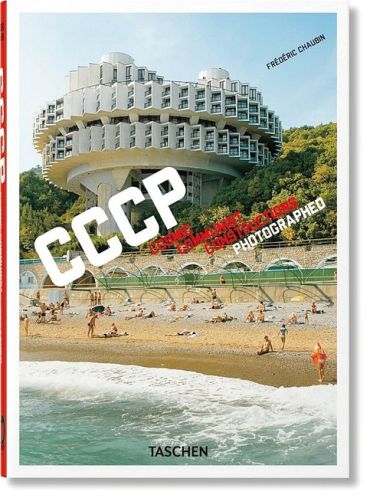
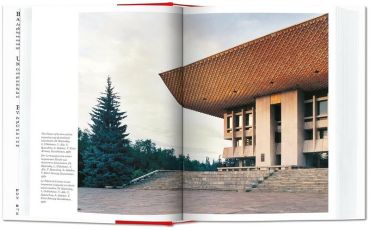
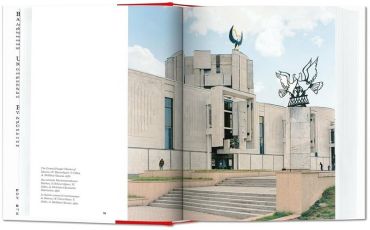
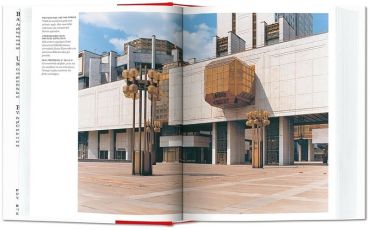
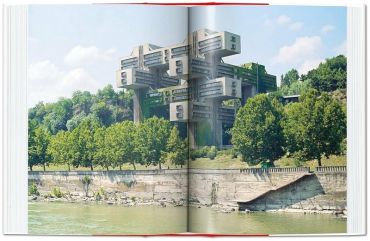
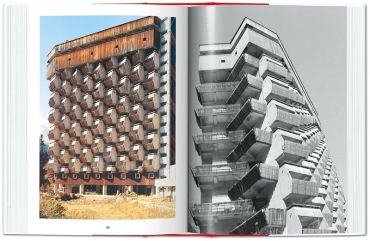
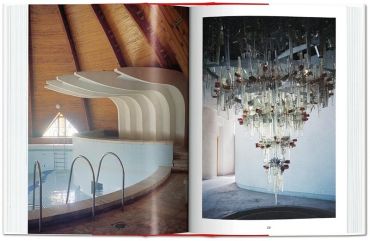
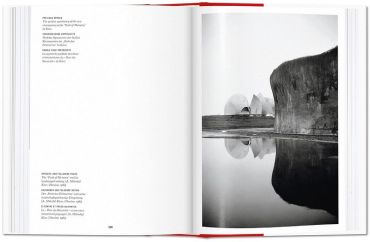
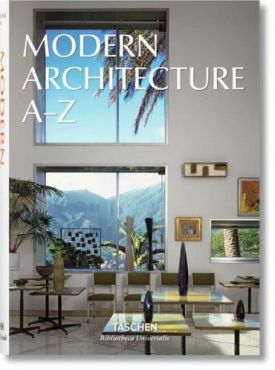



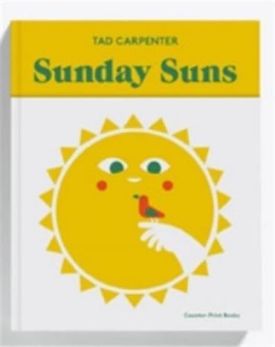


















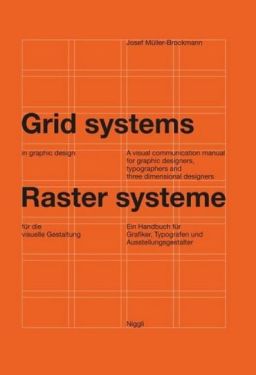
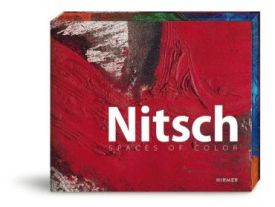



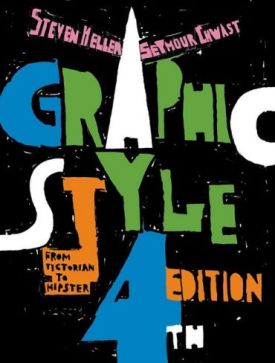
допоможіть тим, хто ще не читав